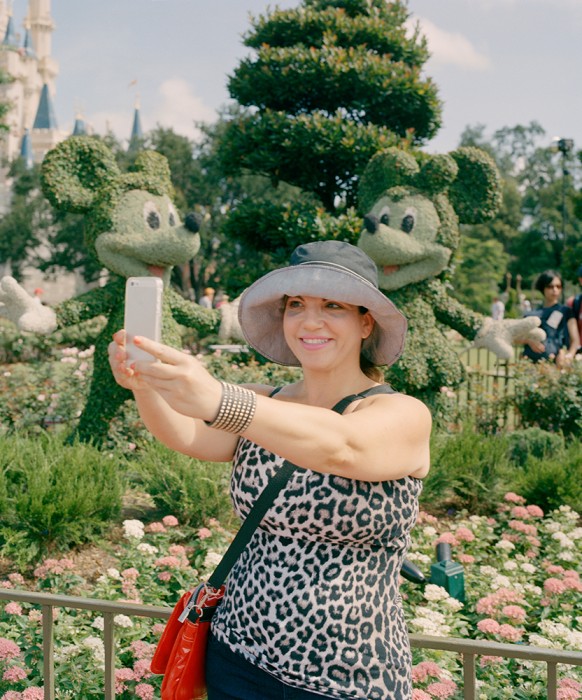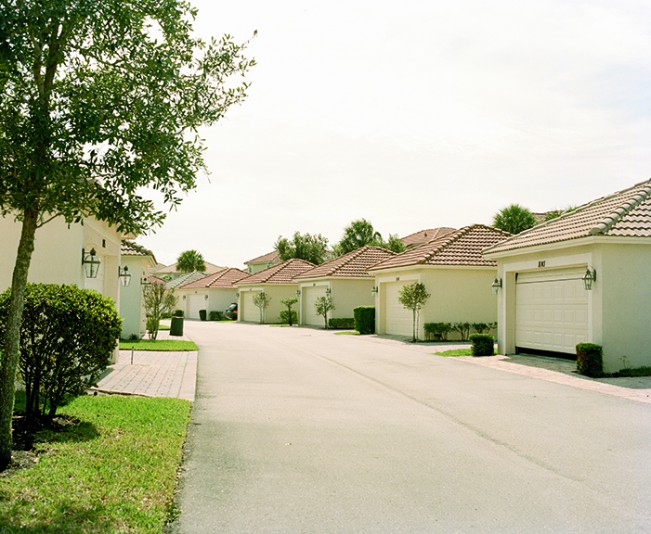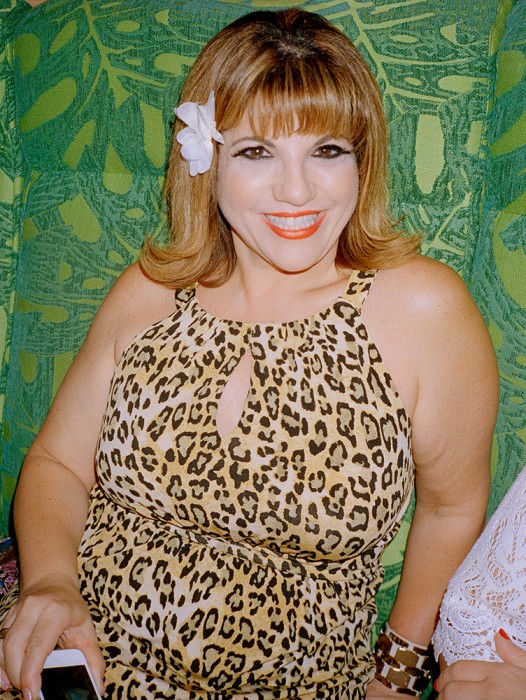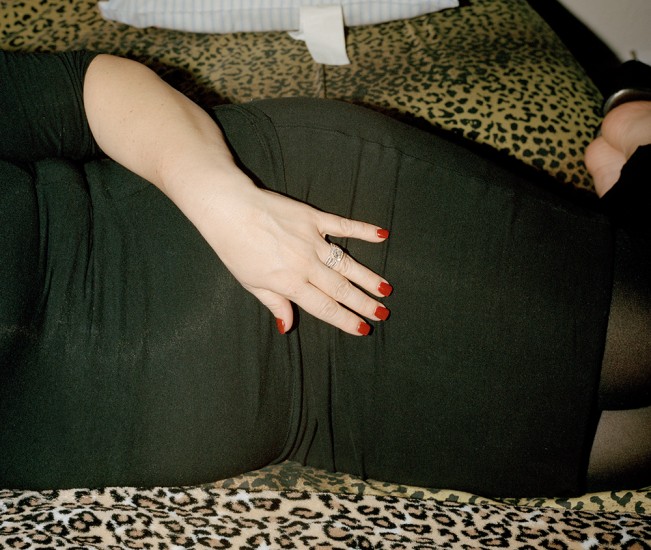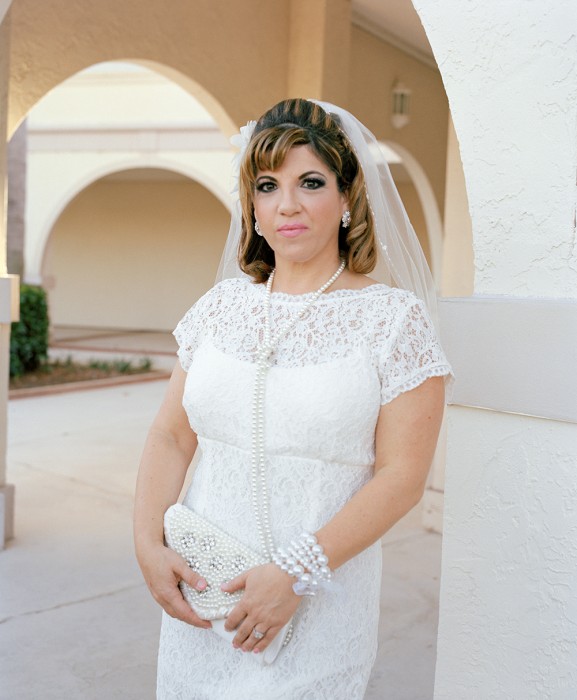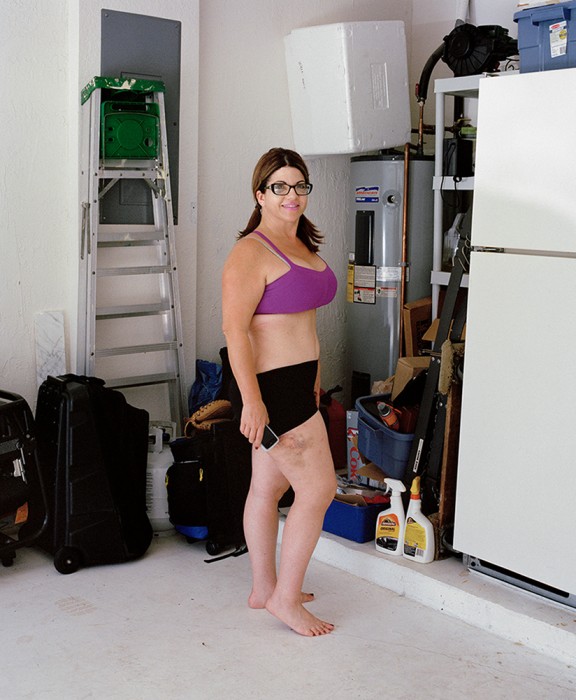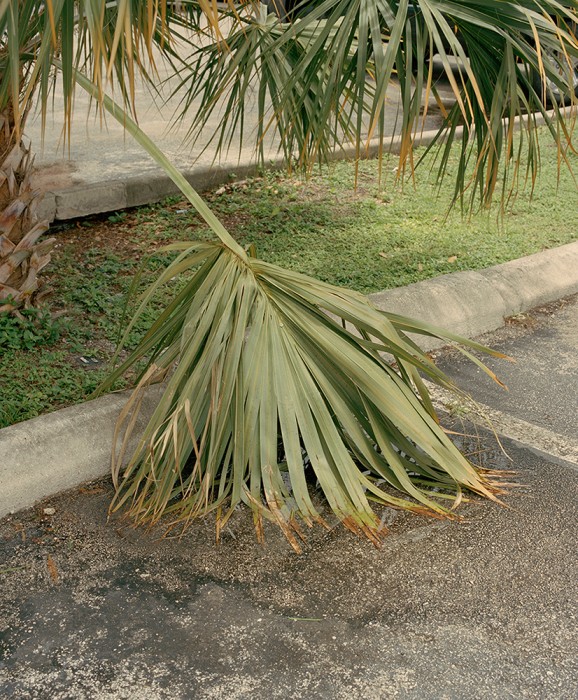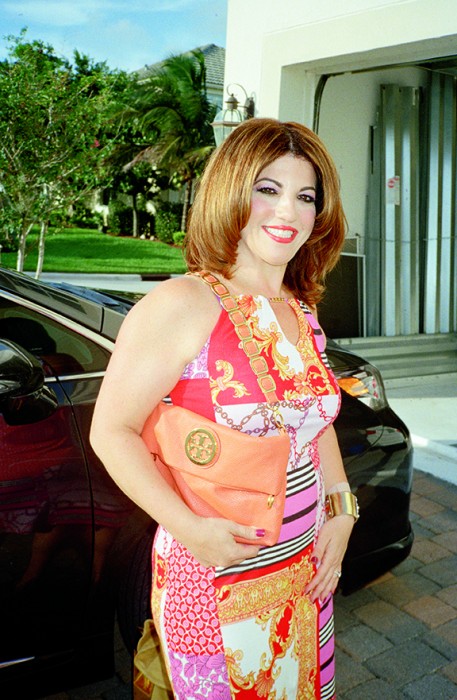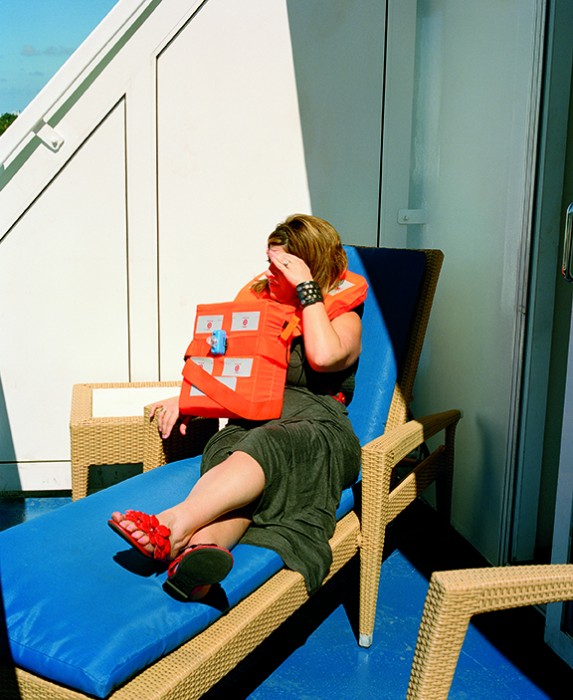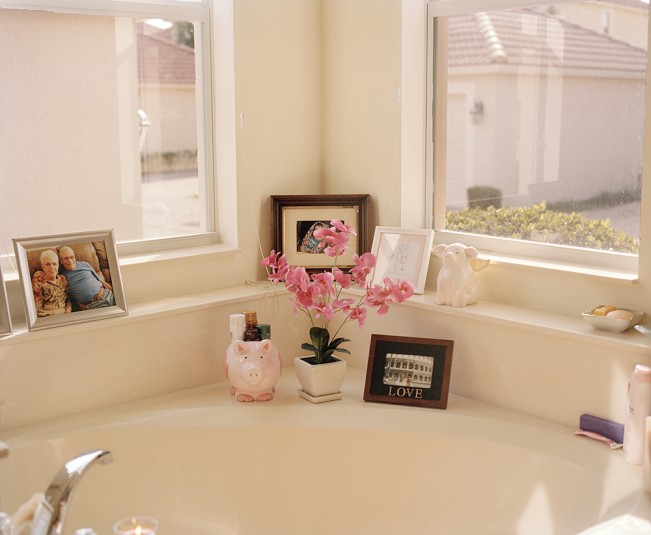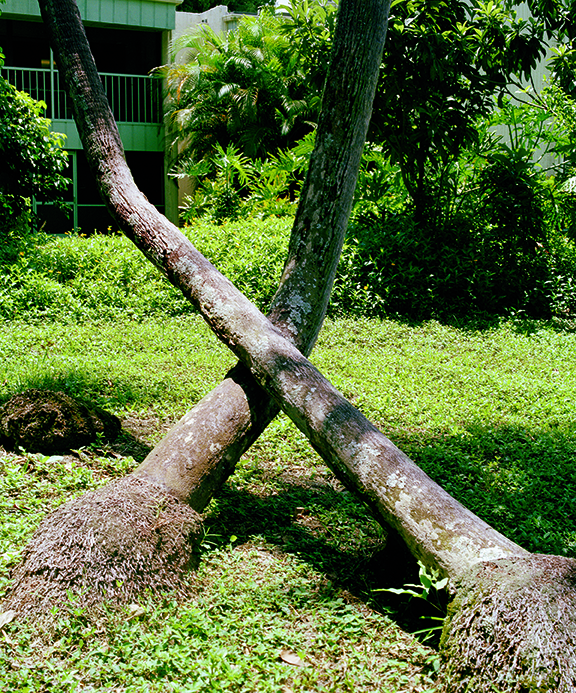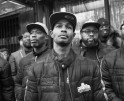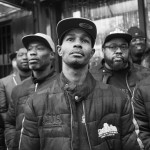Molly Matalon: Mom
Womanhood isn’t exactly something I identify with. However, I am fascinated in photography that explores the female gaze in terms of womanhood, femininity, and beauty. There is something truly revealing, honest even, about work made by woman about woman. Molly Matalon explores these concepts in the form of photographing her mother. These portraits are a reflection onto a distinct period of time her mother’s life. What I appreciated most about Molly’s body of work is that its not necessarily about the personal aspects of their relationship, but more so about observing her mother and who she has become.
Molly Matalon was born in 1991 in South Florida. She is now living and working in New York City with a BFA from the School of Visual Arts. Interested in powerful women, dogs of all ages, and fresh fruit.
Mom
The perfect squares of grass trapped in the concrete sidewalks, no blades left out of place. Pale yellow and faded coral. Tropical getaway, spring break, retirement. A refined place for gated communities, country clubs, and sunday brunch buffets. Sports cars with moms in better shape than their daughters driving around with bagels that have the inside scooped out. The Sunshine State. Boca Raton is a city in Palm Beach County, Florida. It is the largest city between West Palm Beach and Pompano Beach. According to Wikipedia, Boca Raton is known for its affluent social community and high income demographic. I am interested in how a persons home influences their lifestyle and identity.
I have been photographing my mother and the South Florida landscape to draw a connection between the two. I’m interested in idealization and artifice. There is a disconnect between how South Florida appears and what is actually present. The person my mom is for the camera is the person she is to me, and the person she is to the world. The act of making pictures of my mom makes her feel like she has a permanence in my life that has never existed. We need each other, but at this point in my life it is for different reasons.
I am also interested in photography. I am using the camera as a tool to form a relationship about looking. The distance that arises from this has transformed our relationship into something from nothing. Photography is very special in that way. The way it can hold onto what you saw in front of you and simultaneously the thing in front of you, is no longer the thing at all.
Beauty as a profession has been living within the skin of the women in my family for generations. It seems natural that I am drawn to ideas of vanity, beauty, femininity, and how to create an accurate image of self. While considering the roles of daughter and mother, I am dealing with the unsaid competition that lives between my mother and I. Historically, women are the ones being looked at by men. For me it is important to note that I am a woman looking at another woman and being critical of womanhood. Ultimately, this is a relationship between two women.
GG: If given the opportunity, who would you like to sit in on a photograph?
MM: Nicki Minaj. Nicki Minaj is one of the most powerful, influential women working today and I’m really inspired by her.
GG: What do you think is the reason behind the current movement of photography, specifically with young and emerging photographers? There are apparent focuses in color, objects, symbolism, all within a studio environment. It comes up within your own work.
MM: I think that a lot of people are making pictures like the ones you are referring to in the studio because of how accessible photography is for the every-person. A lot of people, amateur photographers, and non-creative people are taking pictures out in the world and maybe somewhere in that drives younger photographers to go into the studio and make pictures that way as a method of separating themselves….but maybe also because it looks good and it’s easily read by others. I for one started making pictures from the project Babygirl because I wanted to teach myself how to work in the studio while also thinking about my issues as a woman.
GG: Is this practice going to continue, or is it dependent on the work you are making?
MM: It’s a practice I am continuing, and it has led me to begin to make portraits in the studio and just be more conscious of artificial lighting.
GG: What is the biggest struggle?
MM: Not having a car and living in NYC.
Posts on Lenscratch may not be reproduced without the permission of the Lenscratch staff and the photographer.
Recommended
-
Andrew Lichtenstein: This Short Life: Photojournalism as Resistance and ConcernDecember 21st, 2025
-
Paccarik Orue: El MuquiDecember 9th, 2025
-
Lauri Gaffin: Moving Still: A Cinematic Life Frame-by-FrameDecember 4th, 2025
-
Dani Tranchesi: Ordinary MiraclesNovember 30th, 2025
-
Art of Documentary Photography: Elliot RossOctober 30th, 2025

